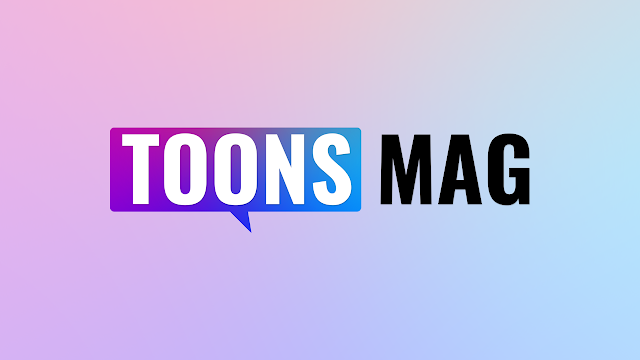Why Nostalgic Cartoons Will Always Have a Place in Pop Culture
Nostalgic cartoons have secured a lasting place in pop culture, influencing various aspects of society and media. Their enduring appeal can be attributed to several key factors: 1. Cultural Reflection and Identity Formation Classic cartoons often mirror the societal values and norms of their time, providing viewers with a lens to understand and connect with their cultural heritage. For example, "The Flintstones" not only entertained but also influenced fashion and art, with Fred Flintstone's image appearing in various designer collections. 2. Iconic Characters and Catchphrases Memorable characters from vintage cartoons , such as Bugs Bunny and Mickey Mouse , have become cultural icons. Their distinctive personalities and catchphrases continue to resonate, appearing in various forms of media and merchandise, thus reinforcing their enduring presence in popular culture. 3. Influence on Fashion and Merchandise The aesthetic of vintage cartoons has significantly im...

